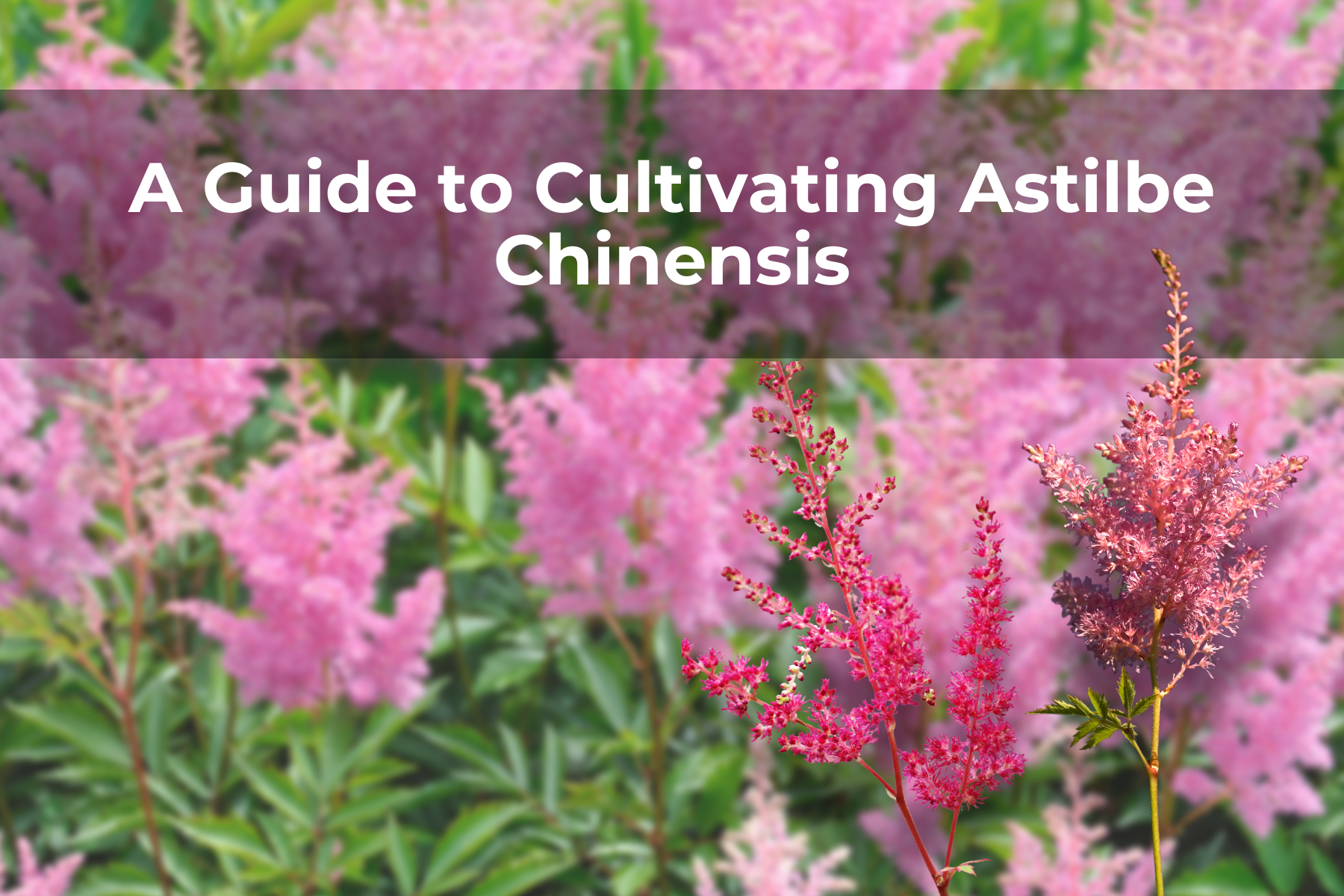Last Updated on October 8, 2022 by Real Men Sow
Astilbe Chinensis flowers are likely to be the focal point in your shaded summer flower garden. Their tall plumes and fern-like foliage pops above the frilly, fernlike foliage. These beautiful flowers are great companions to other shade-tolerant plants like hellebores and hosta with their contrasting leaves and coordinating blossoms.
Facts and Benefits
The plant attracts beneficial insects and is deer-resistant. Astilbe Chinensis is a part-shade-loving perennial with airy pink, red, and lilac flowers. You may use it to add color to the garden’s darker areas and to soften the appearance of sunnier places.
This plant has a whimsical appearance due to its fern-like, deeply lobed green leaves. Some varieties have copper-colored leaves. This perennial flower is easy to grow and thrives in cool temperatures. The foliage can brown in warmer regions of the region and may die back during dry, hot periods in mid-summer. The plants are almost immune to diseases and insects. Its flowers can remain attractive for several weeks after the main flowering is finished.
Where, When, and How to Plant Atilbe Chinensis
Plant from spring through early fall in part sun to part shade locations spaced between 1 and 3 feet, depending on the variety. Astilbe plants will tolerate more sunlight in cooler areas. However, they need more shade in warmer regions. Astilbe can grow well in full shade, but it may not bloom as well. A sunny location facing East with morning sunlight is best. Astilbe thrives in moist, fertile soil that is slightly acidic.
Growing Tips
Make sure to water your plants regularly and mulch them with bark mulch. Each spring, replenish the mulch and fertilize the plants with compost spread around their roots.
Astilbe Chinensis Care Guide
Once established, Astilbe requires little to no care. You can divide them every 4 to 5 year to grow more plants or keep your existing plants healthy. To prevent diseases from overwintering, cut back and clean up the foliage in the fall.
It still requires regular, consistent watering, especially in places with more sunlight. Leaf scorch and drying out can cause leaf margin dryness, which can even lead to the death of an astilbe flower.
Achieve large feathery plumes by using the right fertilizer and growing conditions for astilbe. It is best to amend the soil occasionally with compost, or fertilize with an organic product high in phosphorus.
Astilbe Chinensis Companion Planting and Design
You may grow them in brightly lit woodland areas such as under oaks and tall maples. In a shade garden, they can be a great companion for perennials like yellow rocket, hosta, and heuchera. They look stunning when grown in masses in a shade or near a stream, creating a stunning tapestry of colors and foliage.
Harvesting
Astilbes make wonderful cut flowers. Place them in a vase filled with water. And they will last for 4 to 12 days in the vase. The main stem can be cut, which allows the side shoots to grow. As you like, cut the side shoots.


